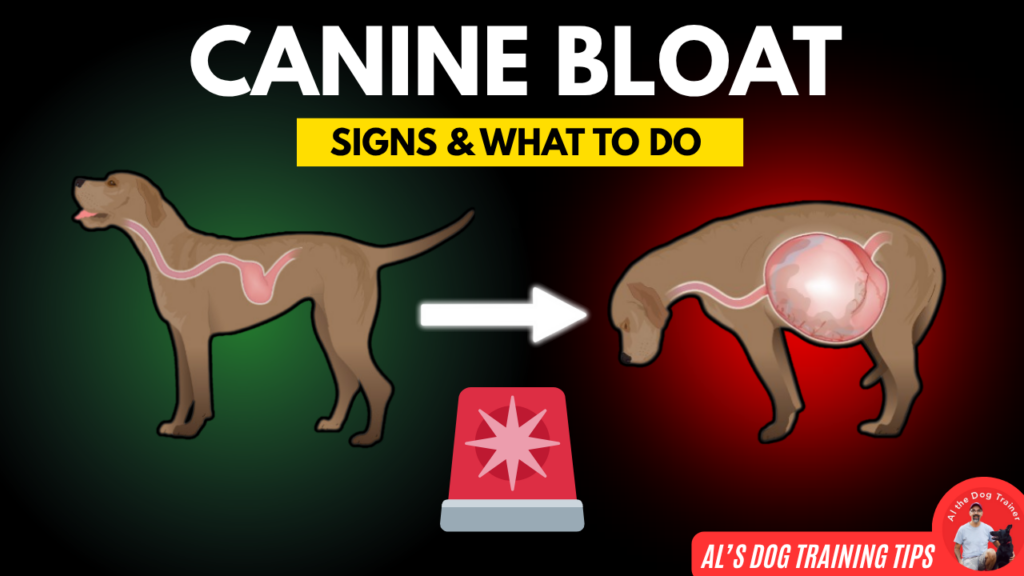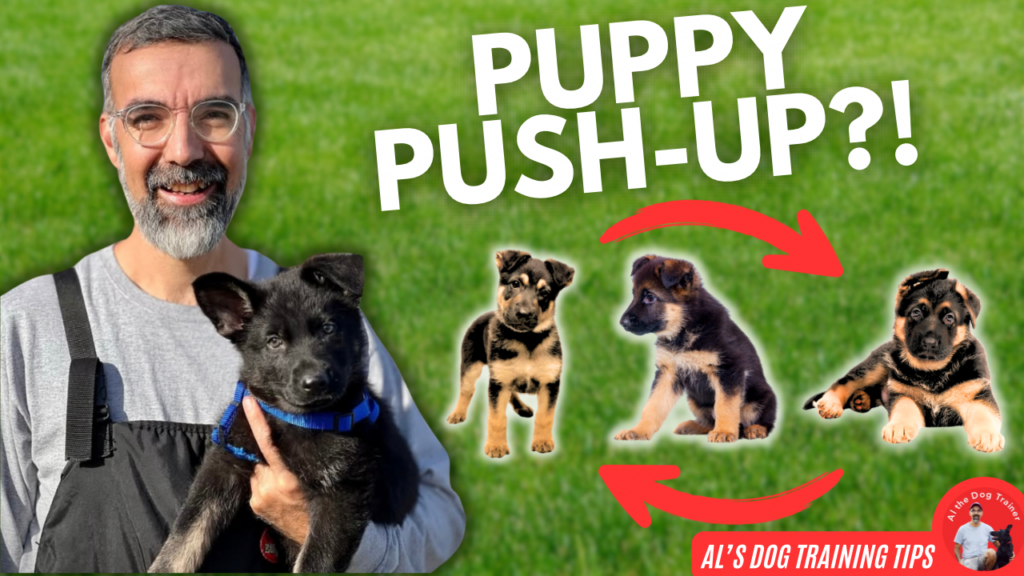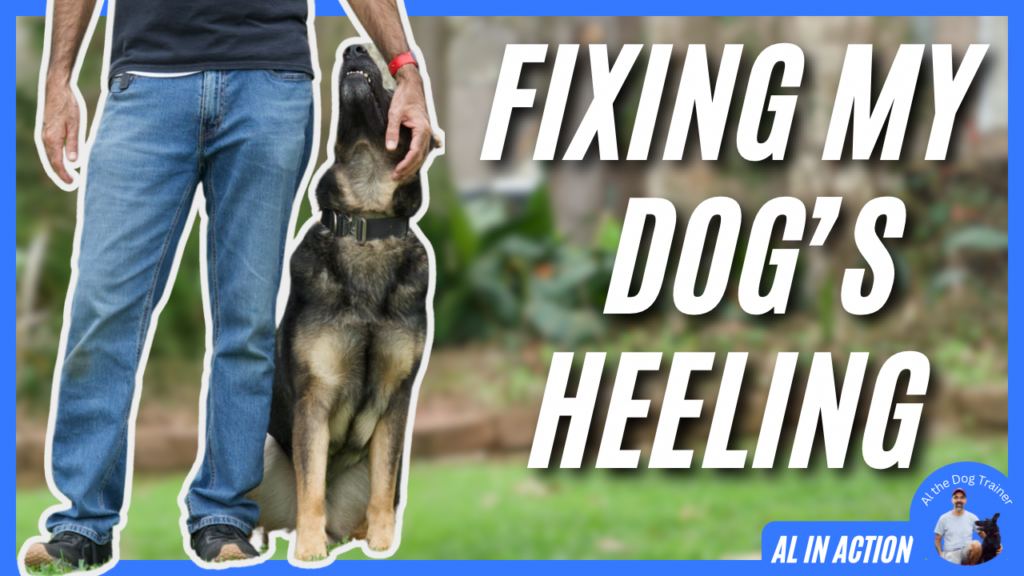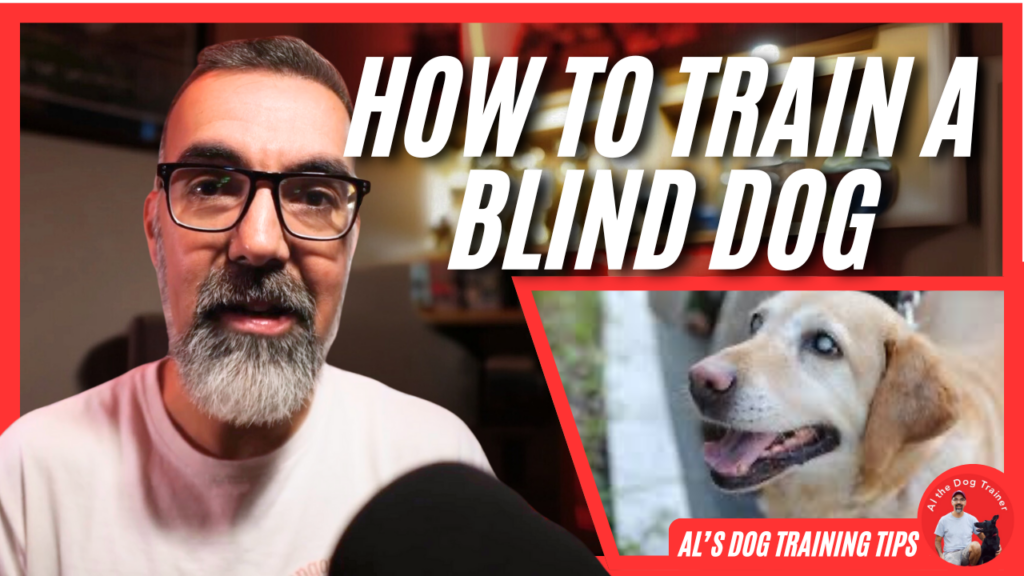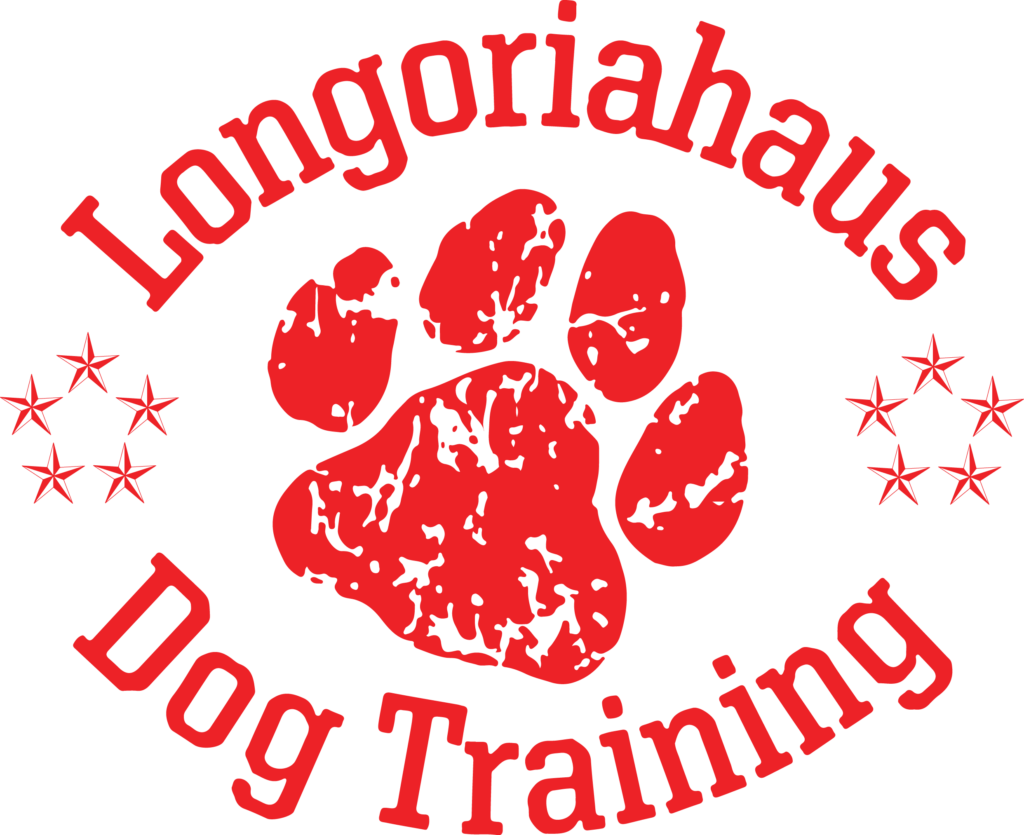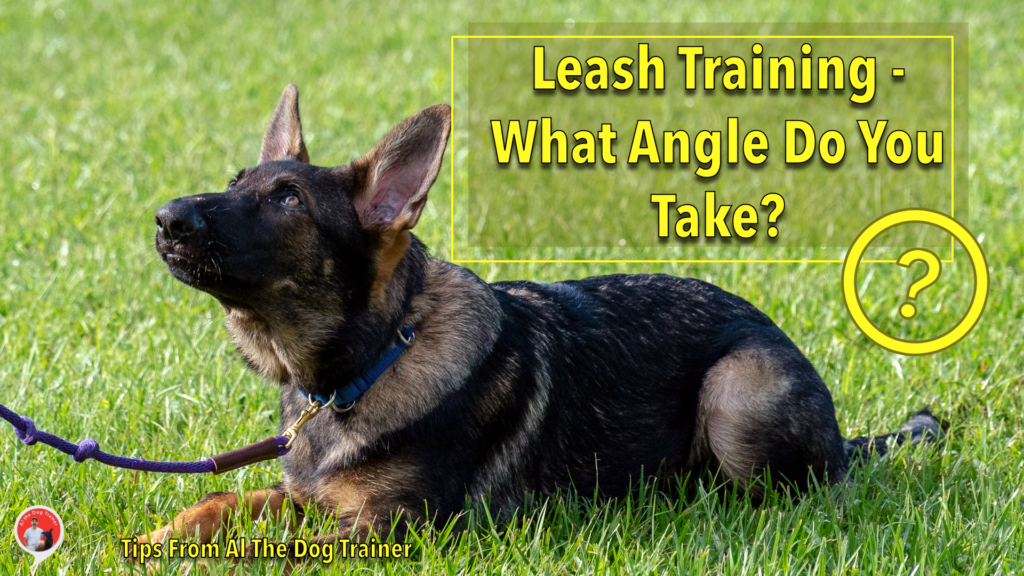
Today’s topic is Leash Training – What angle do you take? So you probably have a dog if you’re reading this, and you probably attach a leash to your dog’s collar, maybe their harness, or perhaps their halty. But you’re putting a leash on them, right? So what I want to share with you today is if you’re using a leash, there may be some things that you don’t know about how to use that could make a difference in several things—your dog’s ability to come when called, how they walk nicely and how they stay.
Pressure On, Behavior, Pressure Off
So I want to go over the basic principle first. I won’t spend too much time on that. But then I will talk a bit about the angle that your leash can take and some of the different things they can do. So anytime a leash or collar is making contact with your dog, you can operate it based on the following tip—pressure on, behavior, pressure off.
Now, there’s a lot of variables to that. The big one is how much pressure and how long the dog should be under it. And what do they have to do to relieve it? But if you have the minimal amount necessary to move the dog, the dog does the thing that you want them to do. That’s the behavior, and then the pressure goes off. That is a mechanism for learning. And it is also an essential mechanism for keeping us consistent.
So let’s say that you’re pretty good at the pressure on, behavior, pressure off. Well, you also need to consider the angle that the leash takes from the dog’s collar. So what should you avoid? Well, you should avoid picking straight up, and that means 90 degrees from your dog’s neck. Picking straight up and doing that firmly obviously chokes dogs. Now, why am I stating the obvious? Well, sometimes it’s necessary to express how we make mistakes.
You should know what a mistake looks like rather than avoid talking about what mistakes are. I think that it’s essential to discuss them. So what should you avoid? Again, if you have a leash on the dog and there is a collar on them that you pick straight up and you do that firmly, that tends to choke dogs. And you should avoid doing that. Now, let’s take a different angle. If there is a leash on the dog and you go parallel to the dog’s spine. Maybe it’s not parallel but precisely in line with the dog’s spine, and it’s level with the dog’s spine that tends to lead a dog forward.
Leading a Dog Forward
Now, you can go anywhere from a level leash to a leash at about 45 degrees. When you do the 45 degrees one, if you add momentum to that, that does a beautiful job of leading a dog forward. For example, let’s say that your dog is in a down and you would like your dog to move forward. Don’t pick up at 90 degrees, but instead, angle the leash at 45 degrees and move forward. And that does an excellent job of leading the dog forward.
So for those of you who have small puppies, you need to be careful when using a leash and collar on your new puppy. One of the mistakes you want to avoid or two mistakes you want to avoid with the different angles you can take. Well, you could have the leash level with your dog’s spine, but then the collar is too loose, and it slips over the top of the dog’s head, and it comes off. That’s bad because when that’s happening, the puppy is resisting your leash a lot of times.
Too Much Tension
And each time that your puppy resists the leash and the pressure turns off, that begins to form the habit in the brain that it’s effortless to resist when my owner has a leash in their hand. So that’s a mistake for a collar being too big when you have the leash level. Now, the other thing that’s the mistake, and it’s very similar, is if you’re leading the dog forward and you put too much tension, you’re going to create a dog that’s going to bark at that, and it’s going to try to resist you.
The thing to do here is not to slack the leash when they resist, but to nudge them maybe forward. Sometimes, even with small puppies, I’ll have a little bit of pressure on their neck for, let’s say, a second or two, but then I’ll use my hand underneath their belly and scoop them forward. And then, when they’ve taken that one step forward, I relax the leash and end up rewarding them.
I hope the different approach that I took in today’s breakdown about some of the other things that your leash can do was useful. Take a look at that. Maybe video yourself today. See how you’re using the leash; see what angle you’re taking. And see if you’re using the level leash in the 45 degrees more than you are picking straight up.
Remember, you can always visit my YouTube Channel for tons of helpful videos and find more tips like this right here at www.longoriahausdogtraining.com.
Happy Training!

